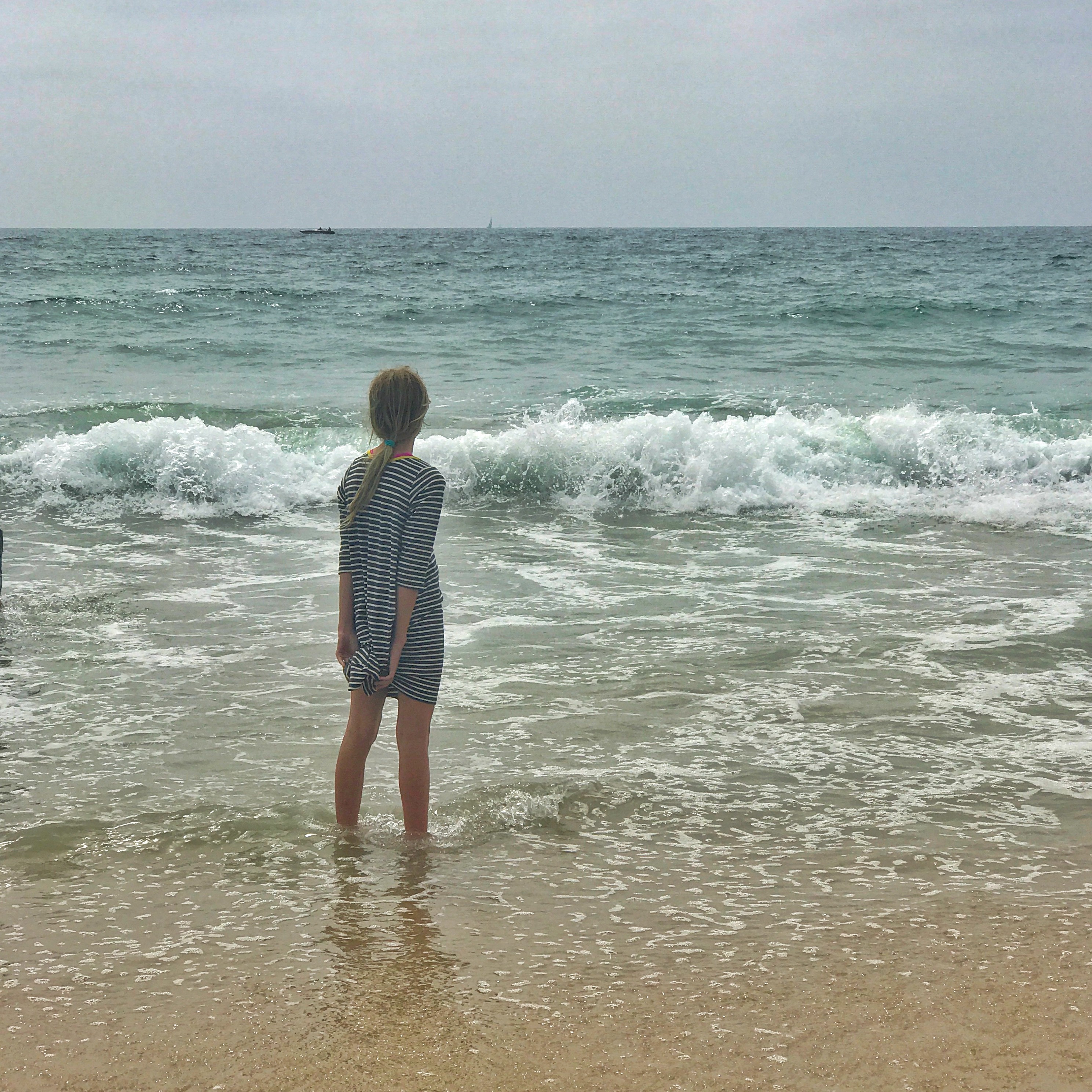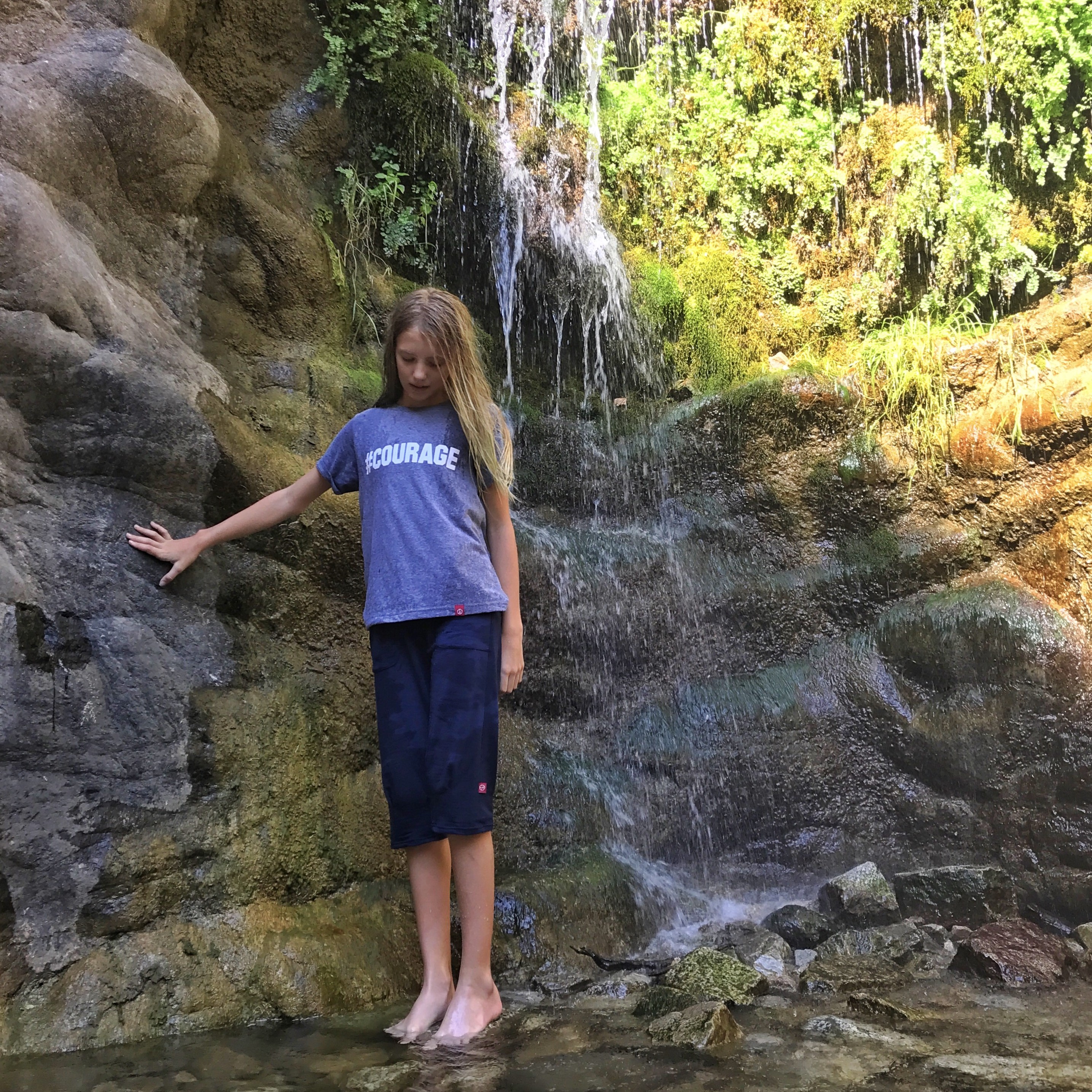Some years ago, my family made the pretty momentous decision to leave Canada and move to the US. We would sell our big Georgian house in the exurbs of Toronto and move to a loft in Brooklyn. My husband would leave his job and become a stay at home dad. I would take a high-profile media job and work out of an office in SoHo. We would give up proximity to family and friends, and universal healthcare. We would gain new horizons, and access to great bagels. It was a big decision, one of the biggest we’d ever made.
It was a decision that needed to involve all of us. It was a decision that had to be good for all of us.
“We’ll only do this so long as we’re happy,” I told my husband, Kyle. “We all need to be happy with this.”
We expected that the move would make us happier. Spoiler alert: it didn’t. We migrated to the loft in New York and settled in and although there were a lot of things that were interesting and exciting about our new lives, it didn’t increase our happiness. On the contrary: it introduced whole new categories of unhappiness. My job was stressful; Kyle’s life as a stay at home dad was unsatisfying. Small children in a open-concept space with crazy sound reverb was, to put it mildly, tough. We lived in a noisy corner of one of the biggest cities in the world, pushing up against the literal and figurative walls that too often felt too close. We fought, a lot.
We weren’t happy, but we didn’t turn back. The start-up media job turned into a corporate job; we moved from New York to LA. Some things improved – it’s easier to feel happy when every day is sunny – but others didn’t. The job was still stressful; marriage was still stressful; parenting was still stressful. We had more space in which to work through our issues, but the issues were still there. My insistence that we would always put our family’s happiness first was, in practice, turning out to be a pretty empty promise.
It’s not that I was putting my own happiness first – on the contrary, my own unhappiness was, arguably, a primary obstacle to my family’s happiness. It wasn’t supposed to be that way, of course. I’d made a very comfortable life for my family: we had a pretty house and a swimming pool and silver passes to Disneyland. I had a fancy job at the Happiest Place on Earth, supporting an architecture of commercial happiness, taking phone calls on conference lines whose hold music was Be Our Guest. But I was miserable. There were a lot of reasons for that – there are always a lot of reasons – but the primary one was this: I’d lost my sense of purpose.
I’d forgotten – or lost sight of – what it meant to have my own purpose, and, by extension, what it meant for my family to have purpose. That realization was an epiphany – and a challenge. My unhappiness wasn’t just my problem: it was my family’s problem. And our unhappiness – tracing it all the way through our daily choices and the way that we were moving through our lives – had, down the line, a larger impact: on our environment, on the environment, and on the world.
The story of how I came to that realization, I’ll save for another day – over the coming weeks, I’m going to unpack how it all unraveled, and how it all came (or, is coming) back together. Suffice for now to say, I did realize what I’d lost, and I resolved to change it, and that made all the difference. It wasn’t a fast or easy process, but it did turn on a few very key moments, decisions and actions:
- Acknowledging that there was a connection between my own sense of purpose, my family’s purpose, and our happiness, and recognizing that there’s a further connection between that ongoing happiness and the happiness of the future we’re building together and the happiness of the world around us.
- Evaluating my purpose and my family’s purpose. Effectively, doing what I’d call a Whole Family Happiness Audit: doing an evaluation of what makes us happy in the fullest and broadest sense and asking hard questions about what we’re doing to pursue that happiness, and how that action (or inaction) impacts the world around us.
- Developing a plan for actively committing to our ‘whole’ happiness – our mental, physical and emotional well-being, the well-being of our environment, and the well-being of the world around us and the world of our future.
Again, it wasn’t tidy and it wasn’t easy and wasn’t – it really wasn’t – straightforward. But it was rich, productive work, and we are – I think – so much the better for it. And I want to unpack it because I want to share it, of course – but I also want to unpack it because I want to understand it, and hang onto it. I want to stay honest about it. So I’m going to walk through what it took, and what it takes, to commit to whole family happiness, and to what the (many, many) rewards are for doing that – for us, and for our planet. And I’ll invite you to join me, and a broader community, in committing to doing more of that – because you all are doing a lot of that work already, even if you don’t realize it – and to doing it together.
(More context: I’m pursuing this – crafting this series – as part of project with an organization called Social Currents. The larger idea here: considering and exploring how storytelling can nudge actual social change. Not just in the context of ‘shaping the conversation’ – although shaping the conversation is always a good thing – but in tangible, practicable ways. Can a story ‘nudge’ someone to more than just reflection on an idea – can it nudge them to some sort of action, direct or indirect? I’ve long taken it for granted that stories are the engines of change – but I’d never really pushed myself on that assumption. Have my own stories driven my own change – or have they just been reflections? How does my storytelling change when I want it to drive toward action – my own, and others? How do we use the medium to go beyond the message? If you’re interested in exploring this with me – email me at herbadmother at gmail. I’d love to hear from you.)






